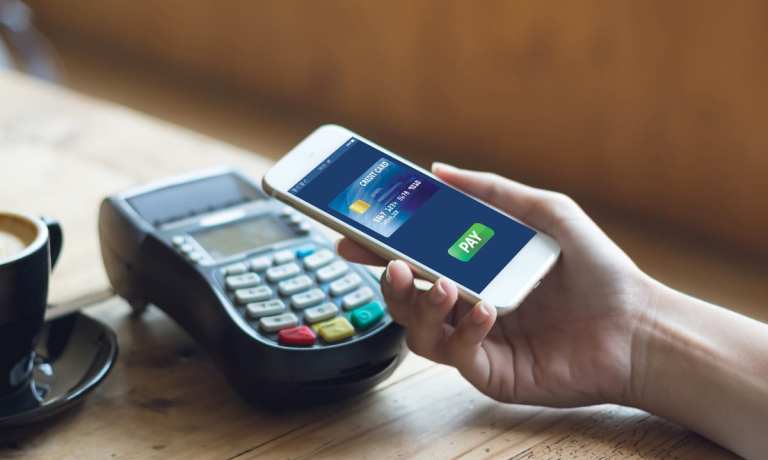
Mobile wallet use has tripled in as many years, on its way to paying for over 52 percent of eCommerce transactions by 2023, according to one study. Put another way, dreamers are awakening to mobile wallets’ wondrous qualities. Now it’s time for business to do its thing.
PYMNTS latest Mastering Multichannel Commerce Playbook: Digital Wallets edition, done in collaboration with Citi, fourth installment in the series, digs into the expanding mobile wallet universe in regions worldwide as opportunities emerge to leverage secure digital endpoints.
Consider the situation in North America, which was slow to embrace mobile wallets.
Interest in (and affinity for) using digital wallets has risen dramatically. “Case in point: Less than 38 percent of United States consumers were using digital wallets in pre-pandemic 2020 … but over the last year that number has jumped to 55 percent” per the Playbook.
Markets including China and India are further along this journey, but pretty much everyone is walking toward a much brighter future for digital wallets than it looked in late 2019.
Consumers Want Digital Wallets Their Way In Their Region
Regional preferences and spending patterns are playing an important role in the life of digital wallets. China is way ahead on implementation, for example, while the U.S. leads innovation. These factors add up along the way and are helping decide new directions for digital wallets.
Per the Playbook, “Consumers living in [developed Western economies] have access to a wide range of services provided by their financial institutions and have many channels available to them to access those services. Nearly 96 percent of U.S. consumers have bank accounts they use to accept deposits and store funds. Those accounts are then used to send money to people, pay bills and make purchases via their bank-issued debit cards.”
In emerging markets, however, mobile wallets “are used for the exact opposite reason…where they serve as bank accounts for the underbanked and unbanked.”
This reflects wider trends, as Mastering Multichannel Commerce Playbook notes that “Mobile wallets are a secure repository for receiving and storing funds, and mobile wallet providers use mobile data to authenticate consumers and establish accounts. As more consumers open mobile wallets, more merchants accept them for purchases, more billers accept them for payments and more consumers use them to make person-to-person (P2P) transactions.”
eCommerce Shines As Digital Wallet Domain
As more super-apps proffer ecosystems of seamlessly interconnected services, mobile wallets will almost certainly continue their current ascent as a preferred payment method.
Mastering Multichannel Commerce Playbook touches on it, observing that “eCommerce represents the biggest area of growth for digital wallets, with countries across the board exhibiting a greater appetite for using digital wallets online rather than at the POS.”
By the numbers, 73 percent of Indian consumers’ POS transactions were paid for with cash, and just 6 percent were paid for with digital wallets, per the Playbook. “The latter did account for 32 percent of the country’s eCommerce transactions, however. We expect that digital wallet uptake will improve as merchant acceptance at the point of sale grows, even though the method of acceptance may be via QR codes and not traditional POS terminals.”
The trick is to be ready when consumers whip out digital wallets and not cards.
“Some 1.6 billion global consumers are expected to use digital wallets at the POS in 2023,” the Playbook states, “and 4.4 billion will use them for digital commerce. This translates to digital and mobile wallets accounting for 52 percent of global eCommerce payments and 30 percent of POS payments” roughly 24 months from now.